Advocates for Change
Throughout history, activists from a variety of reform movements have undertaken efforts to address the diverse range of factors that affect women’s lives and their wellbeing. The individual and group portraits shown include people who worked in the temperance, suffrage, racial and gender equality/rights, feminist, battered women’s, and women’s shelter movements. Return to the collage activity.
-
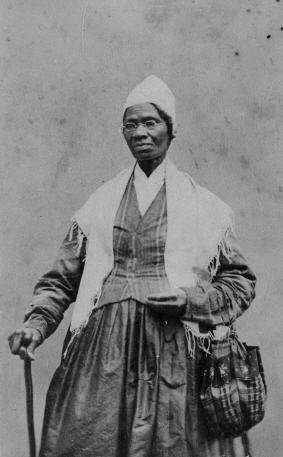
Sojourner Truth, 1864
Sojourner Truth (1797–1883) was an advocate for women’s rights and abolition, despite never learning to read or write. Born into slavery, she escaped to freedom in 1826, and traveled widely in the United States as a preacher, lecturer, and advocate for truth and justice. At the 1851 Women’s Rights Convention in Ohio, Sojourner Truth extemporaneously delivered what is now recognized as one of the most famous women’s rights speeches in American history, “Ain’t I a Woman?”
Courtesy Library of Congress
View Enlarged Image -
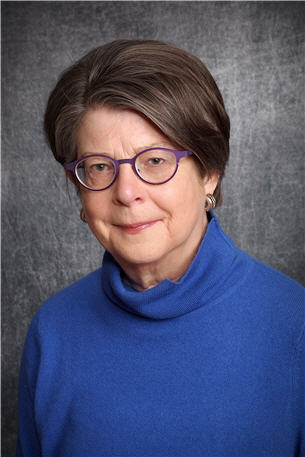
Anne H. Flitcraft, physician and women’s health advocate, 2014
Anne Flitcraft, MD has been at the forefront of research demonstrating that partner abuse significantly impacts many aspects of women’s health, and of efforts to recognize abuse as a major public health issue. Her work with medical and public health organizations has improved clinicians understanding of abuse and its impact on patient care, and she has advocated for the integration of domestic violence education into medical school curriculum.
Courtesy Anne H. Flitcraft, MD
View Enlarged Image -
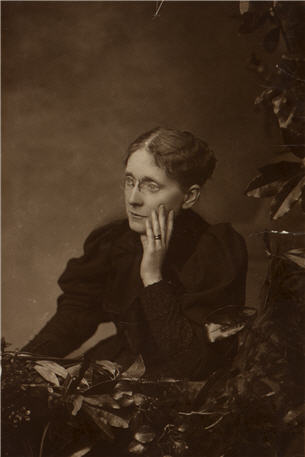
Frances E. Willard, 1880s
Frances Willard (1839–1898) was a prominent social reformer in the 19th century. Best known as president of the Woman’s Christian Temperance Union (WCTU), she advocated broadly for alcohol and drug education, suffrage, women’s economic and religious rights, and changes in age-of-consent laws. Under her leadership, the WCTU grew to be the largest organization of women in the United States in the 19th century.
Courtesy Library of Congress
View Enlarged Image -
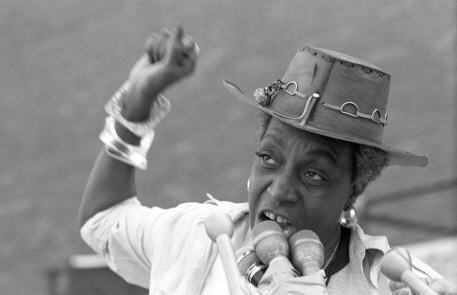
Florynce (Flo) Kennedy, speaking at a rally in support of battered women, 1976
Florynce Kennedy (1916–2000) was an outspoken feminist, lawyer, and civil rights advocate. A founding member of the National Women’s Political Caucus, the Feminist Party, and the National Women’s Party, Kennedy zealously advocated for the rights of women, and encouraged black and white women to work together to promote social justice.
Courtesy Courtesy Ellen Shub
View Enlarged Image -
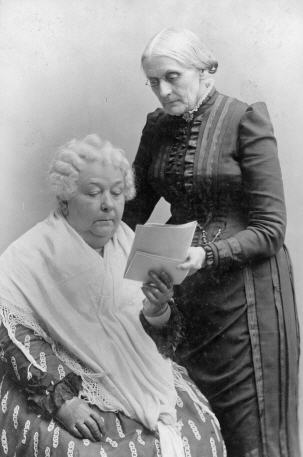
Elizabeth C. Stanton (seated) and Susan B. Anthony, 1880
Elizabeth C. Stanton (1815–1902) and Susan B. Anthony (1820–1906) were key figures in the first organized women’s rights movement in the United States. Based on their experiences with women victims of male family violence, they sought to reform divorce laws as part of the movement for women’s rights.
Courtesy Library of Congress
View Enlarged Image -
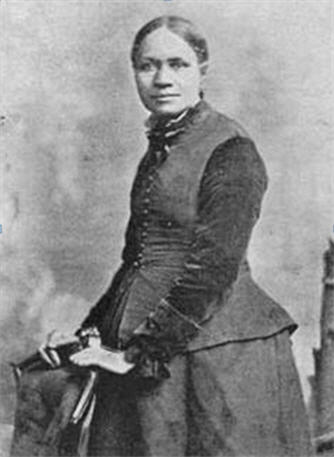
Frances Ellen Watkins Harper, 1898
Frances Ellen Watkins Harper (1825–1911) was a writer, lecturer, and political activist who advocated for abolition, women’s rights, and temperance. She helped organize the National Association of Colored Women, which sought to advance the rights of African American women, and was head of the African American section of the Woman’s Christian Temperance Union. In 1859 her short story, “The Two Offers,” was the first short story published by an African American female writer in the United States.
Courtesy Library of Congress
View Enlarged Image -
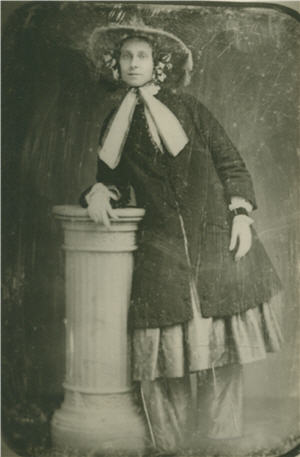
Amelia Bloomer, ca. 1852–1858
Amelia Bloomer (1818–1894) was a woman’s rights and temperance advocate in the United States. For 15 years, she was the editor and publisher of The Lily, an influential publication dealing with women’s issues in the early 19th century. Because of her strong advocacy for less restrictive clothing for women, her name became associated with a reform style of clothing called “bloomers.”
Courtesy Seneca Falls Historical Society
View Enlarged Image -

Johnny Bueno, advocate and volunteer at La Casa de las Madras, ca. 2000s
Johnny Bueno saw his mother experience significant abuse when he was growing up. Today, he works to end gender-based violence by lending support to women through the small hair salon he owns, and by volunteering at La Casa de las Madres—a shelter, advocacy, and support organization for women.
Courtesy La Casa de las Madres and Johnny Bueno
View Enlarged Image -
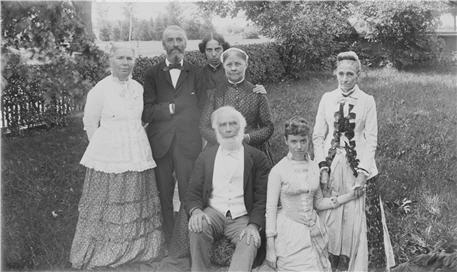
Members of the Blackwell and Spofford families, abolitionists and social reformers, ca. 1875–1885
Lucy Stone (1818–1893), standing second from the right, and her husband Henry Browne Blackwell (1825–1909), seated, were key figures in both the abolitionist and women’s rights movements. Stone organized the first National Womens’ Rights Convention, and was the first recorded American woman to retain her name after marriage.
Courtesy Library of Congress
View Enlarged Image

